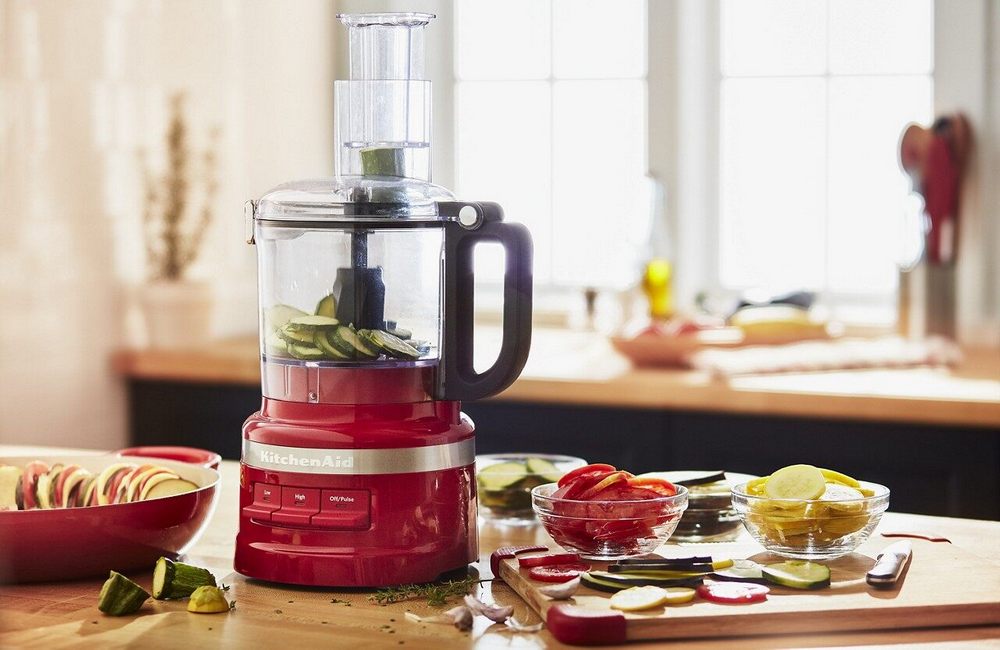Have you ever spent hours each morning (or night) preparing fresh fruits, veggies, and herbs for your chefs to utilise the next day? Also, perhaps you wished you had a few more hands to help you prepare dinner. Chopping, slicing, and grinding have become time-consuming tasks in the kitchen, so perhaps it’s time to invest in a commercial food processor.
To locate the most excellent food processor for your establishment, consider the following considerations.
Also Read: which of the following is a benefit of display advertising over search advertising?
Buying a professional food processor is something you should do when you have a specific need for one.
A commercial food processor may or may not be necessary, depending on the ingredients you want to use. A food processor will save you time and effort by helping you make anything from sauces to whipped creams in a breeze. Because of the huge time savings, you will be able to focus on more human-intensive culinary duties.
Speed, efficiency, and reliability are all features of commercial food processors. There is no room for error while using them, but kitchen utensils and knives might generate different outcomes depending on who is doing the prep work. A food processor may reduce its time to dice a tomato from two minutes to three seconds. Small businesses that aren’t constantly chopping but want to reduce the knives they use should look at food processors that start at a lower price point.
It doesn’t matter how big or small your organisation is: Food processors are designed to save you time and money. Food amounts and textures will be consistent from batch to batch. Your clients will come time and time again because they know that their favourite menu item will be presented just as it was the last time they visited.
A continuous feed food processor for fast-paced kitchens.
For fast-paced kitchens that require a lot of items to be prepped, continuous feed food processors are ideal. Anyone serving a buffet, any restaurant with unlimited soup and salad, or a caterer preparing meals for huge crowds would benefit from having a continuous feed food processor. Cutting and dicing cheese, tomatoes, carrots, and olives before being carried to the salad bar may save time and money.
Compared to batch food processors, continuous feed processors have an arm chute on the side that shoots processed food into another bowl or container. Using a hopper or an open top with a pusher eliminates the need for cooks to interrupt their work to add, slice, or chop additional ingredients.
Who gains the most from using a food processor with continuous feed?
Continuous feed shines when a dish’s components require constant slicing and grinding. For example, a continuous feed can handle the grated cheese portion of an appetiser rather than grating it yourself throughout the day. Grated cheese can be replenished from the chilled prep table, provided workers are trained. The continuous feed processor will then be used to put it through its paces. Grated cheese may be accessible all day long with minimal effort from the employees involved.
It is possible to use continuous food processors to make various foods, including salsa. The food processor handles all the work for you, so you don’t have to do any prep work yourself. A professional food processor should be on your list if you have an excellent salsa recipe and it’s a regular feature at your restaurant. If you’re serving salsa all day, consider a continuous feed option!
You may not need a continuous feed unit if you need a food processor for occasional use, such as making whipped cream for a dessert.


















